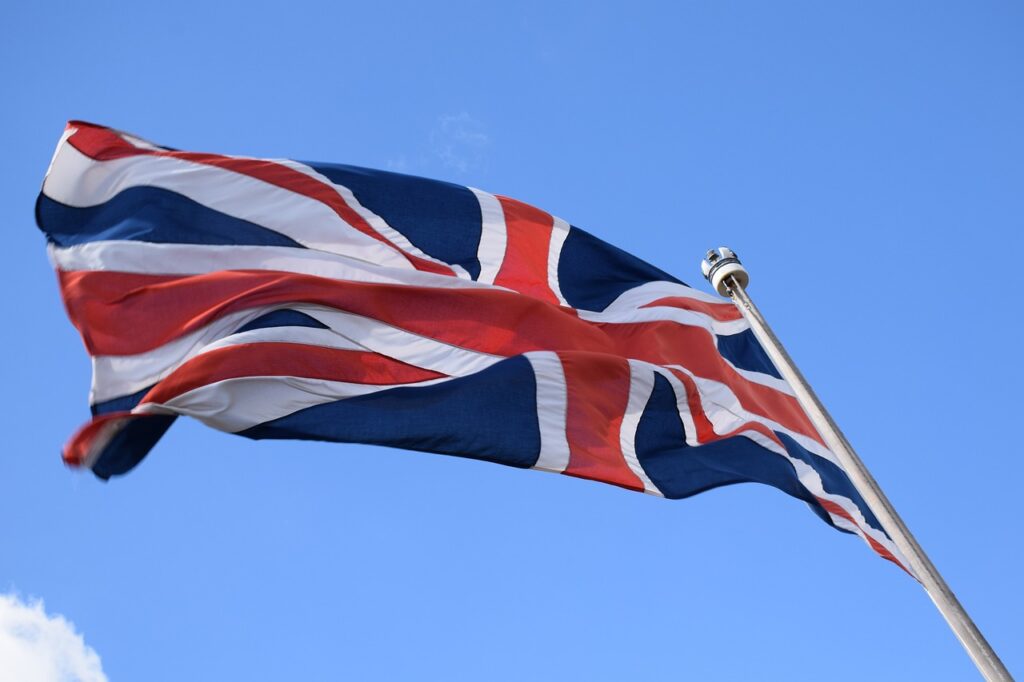Black & Veatch has completed the front-end engineering design (FEED) for the Whitelee Green Hydrogen Project.
Backed by Hydrogen Allocation Round 1 (HAR1) funding, the initiative marks a convergence of large-scale renewable generation and zero-emissions hydrogen production—though its commercial scalability still hinges on further policy and funding signals.
Located 15 miles south of Glasgow and integrated with the U.K.’s largest onshore wind farm, the 539MW Whitelee Windfarm, the project’s first 10MW phase will deploy proton exchange membrane (PEM) electrolysers to produce green hydrogen. Electrolysis, driven by wind power, enables on-demand hydrogen generation with no direct emissions, creating a transportable fuel for use across sectors ranging from heavy mobility to industrial heating.
According to Black & Veatch, its FEED study encompasses not only the OEM’s electrolyser package but also detailed balance of plant components—hydrogen compression, safety systems, and a tube-trailer dispensing station. The plan also integrates provisions for a second 10MW phase, which has already been shortlisted under the U.K. government’s Hydrogen Allocation Round 2 (HAR2) process.
This sequencing reflects broader market dynamics. While the U.K. aims to support up to 1GW of electrolytic hydrogen production capacity through HAR1 and HAR2 combined, developers face intense competition for funding—especially given Europe’s fragmented infrastructure and the need for clearer demand-side incentives. The government’s £240 million Net Zero Hydrogen Fund offers limited scope for capital support in the face of global competition and supply chain constraints.
The FEED reflects the project’s modular philosophy. A staged buildout not only reduces upfront capital exposure but allows for policy and market alignment before advancing to full-scale deployment. However, questions remain around long-term offtake. Without binding purchase agreements or a clear mechanism for hydrogen price stabilization, projects risk being stranded, even if technically ready.
The Whitelee project, by virtue of its integration with an existing wind asset and phased expansion plan, aligns with the U.K. government’s policy emphasis on co-location and system efficiency. It also presents an early blueprint for how green hydrogen might scale responsibly—provided regulatory, financial, and infrastructure ecosystems can keep pace.
Stay updated on the latest in energy! Follow us on LinkedIn, Facebook, and X for real-time news and insights. Don’t miss out on exclusive interviews and webinars—subscribe to our YouTube channel today! Join our community and be part of the conversation shaping the future of energy.





